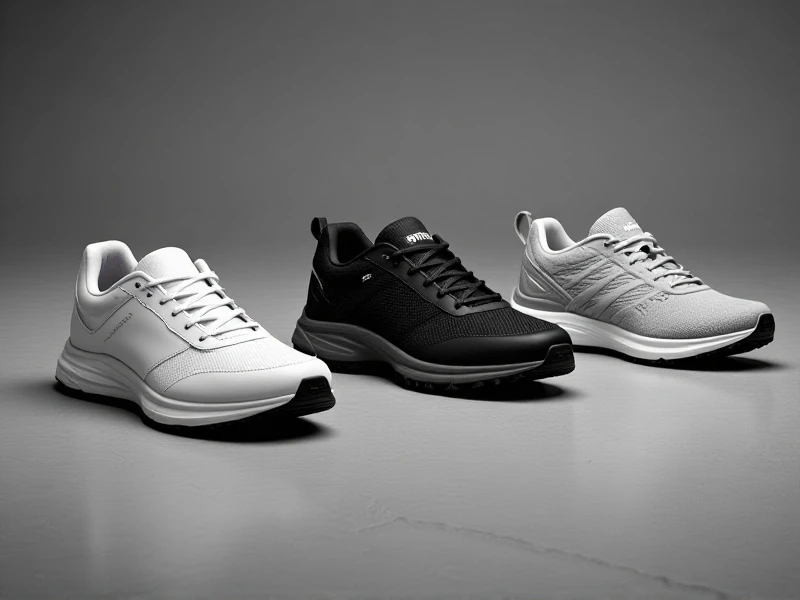
Finding Your Perfect Pair of Running Shoes: Your Guide to Enhanced Performance
Hitting the pavement or exploring trails? Your most crucial piece of gear isn't your playlist, it's your running shoes. The right pair isn't just about comfort; it influences performance, helps prevent injuries, and makes every mile more enjoyable. Selecting from the vast array available can seem overwhelming, but understanding key features simplifies the process.
First and foremost, fit is paramount. Never compromise. Running shoes should feel secure but not tight, with about a thumb's width of space between your longest toe and the shoe's end. Width matters too – you shouldn't feel pinching or sliding. Visit a specialty running store where experts can analyze your gait (how your foot strikes and rolls) to recommend shoes suited for neutral runners, overpronators, or supinators. This analysis is vital for injury prevention.
Cushioning level is a personal preference and depends on your running style and distance. Some runners crave maximum plushness for long road miles, absorbing impact. Others prefer a more responsive, firmer feel offering better ground connection and faster turnover, often preferred for speedwork or racing. Technologies like gel, air pockets, or advanced foams (like Nike's React, Adidas's Boost, or Brooks's DNA Loft) provide varying sensations. Consider your typical run distance and terrain.
The drop (heel-to-toe offset) affects your stride. Traditional running shoes might have a 10-12mm drop, while minimalist styles offer 0-6mm, promoting a more natural, midfoot strike. Transitioning to a lower drop requires gradual adaptation.
Don't forget terrain! Road running shoes prioritize cushioning and durability on pavement. Trail shoes feature aggressive tread lugs for superior grip on mud, rocks, and roots, along with added protection and often a rock plate. Hybrid models exist for light trails and road use.
Durability and breathability are essential. Look for robust outsoles with high-wear rubber in key areas and durable mesh uppers that keep feet cool. Many brands now incorporate recycled materials into their running shoes, offering eco-conscious options without sacrificing performance.
Finally, remember to replace your running shoes regularly. Most lose significant cushioning and support between 300-500 miles. Worn-out shoes are a leading cause of running injuries.
Investing time in finding the perfect running shoes tailored to your feet and running goals pays dividends in comfort, performance, and long-term joint health. Visit your local specialty run shop for expert advice and try on several pairs. Your best runs start from the ground up.
Ready to find your perfect stride? Explore our latest collection of high-performance running shoes today!